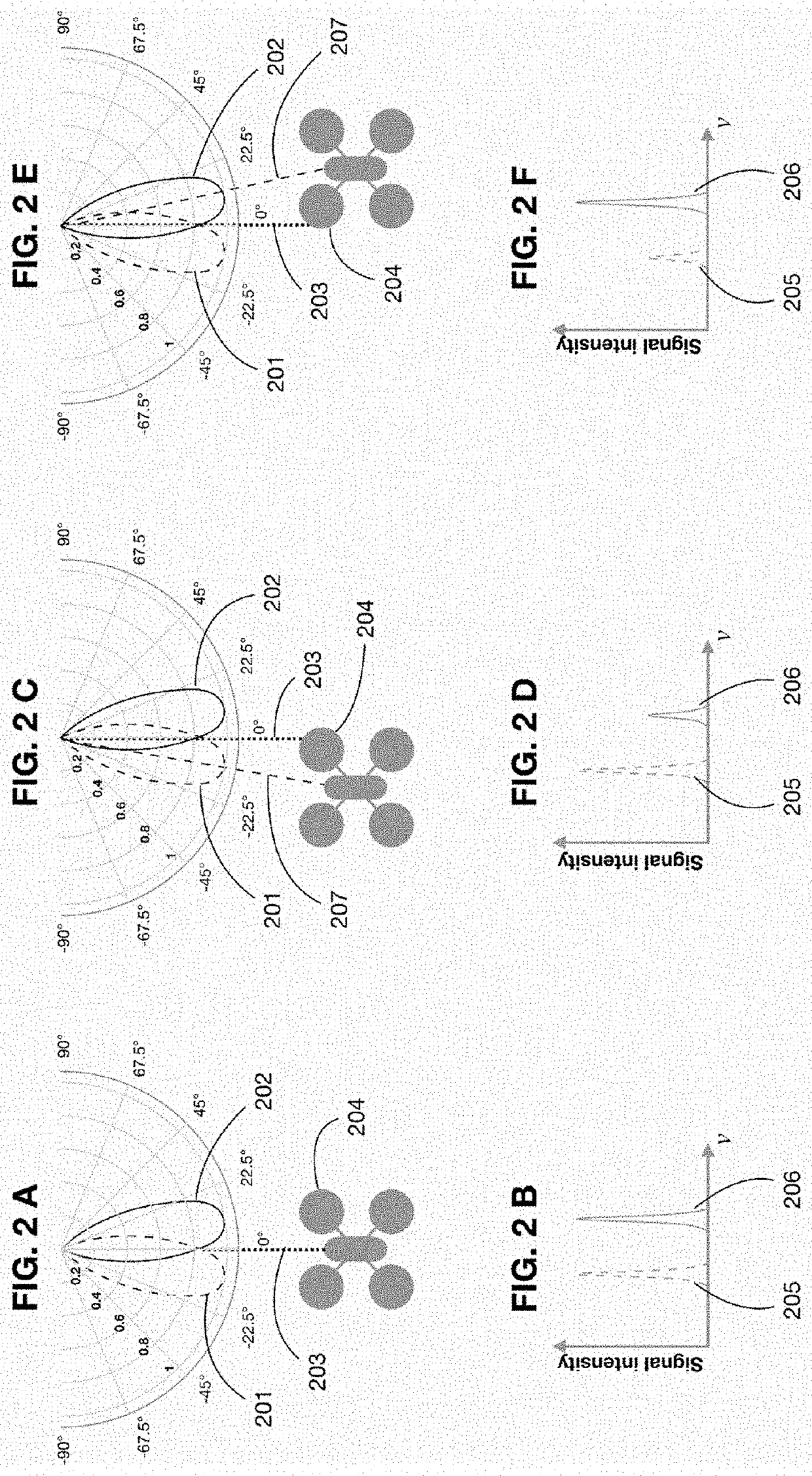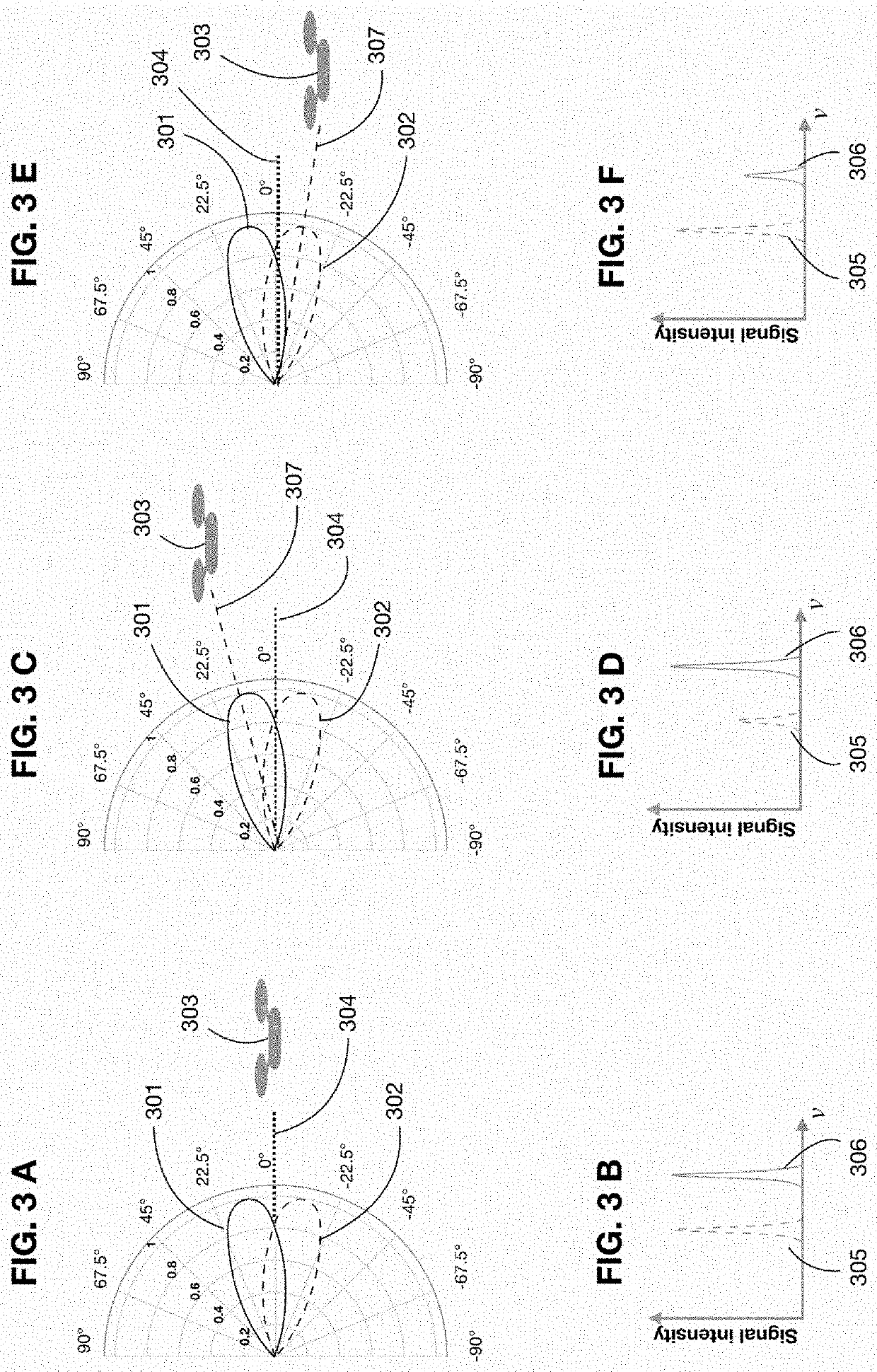System and method for light-based guidance of autonomous vehicles
a technology for autonomous vehicles and light-based guidance, applied in the field of methods and, can solve the problems of insufficient accuracy of satellite positioning systems to provide effective, accurate and safe motion of uavs, theoretical limit of position accuracy, and insufficient to navigate safely towards uavs, etc., to achieve low power consumption, simple, inexpensive and compact light-emitting infrastructure, and quick, efficient and safe manner
- Summary
- Abstract
- Description
- Claims
- Application Information
AI Technical Summary
Benefits of technology
Problems solved by technology
Method used
Image
Examples
Embodiment Construction
[0019]Embodiments of systems, devices and methods for light-based guidance of autonomous vehicles are described herein. In the following description, numerous specific details are set forth to provide a thorough understanding of the embodiments. One skilled in the relevant art will recognize, however, that the techniques described herein can be practiced without one or more of the specific details, or with other methods, components, materials, etc. In other instances, well-know structures, materials or operations are not shown or describe in detail to avoid obscuring certain aspects.
[0020]The content of this disclosure may be applied to multiple fields, such as navigation, autonomous vehicles, aerial vehicles, marine navigation, aerospace navigation, spacecrafts docking, and satellites.
[0021]Reference throughout this specification to “one embodiment”, “an embodiment”, or “some embodiments” means that a particular feature, structure, or characteristic described may be included in at ...
PUM
 Login to View More
Login to View More Abstract
Description
Claims
Application Information
 Login to View More
Login to View More - R&D
- Intellectual Property
- Life Sciences
- Materials
- Tech Scout
- Unparalleled Data Quality
- Higher Quality Content
- 60% Fewer Hallucinations
Browse by: Latest US Patents, China's latest patents, Technical Efficacy Thesaurus, Application Domain, Technology Topic, Popular Technical Reports.
© 2025 PatSnap. All rights reserved.Legal|Privacy policy|Modern Slavery Act Transparency Statement|Sitemap|About US| Contact US: help@patsnap.com



